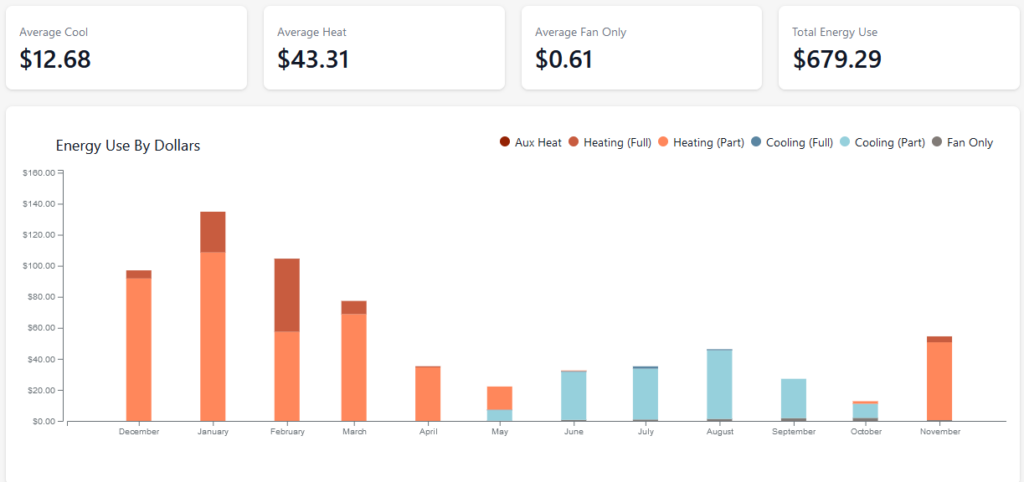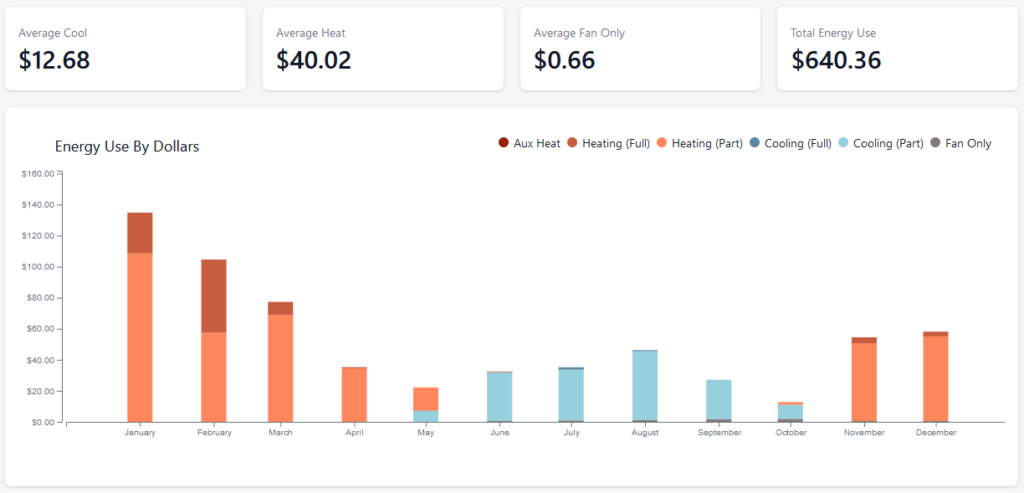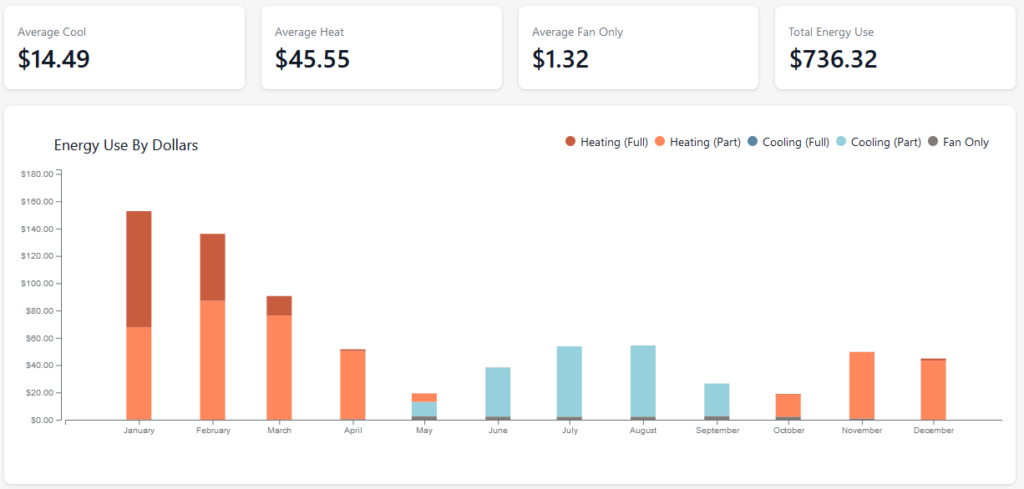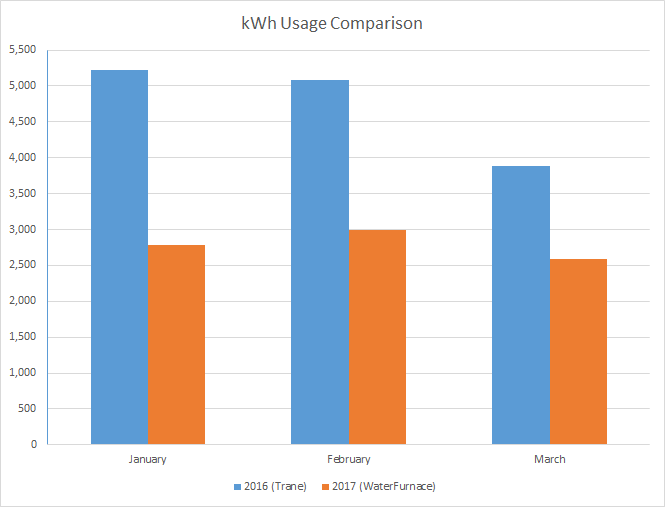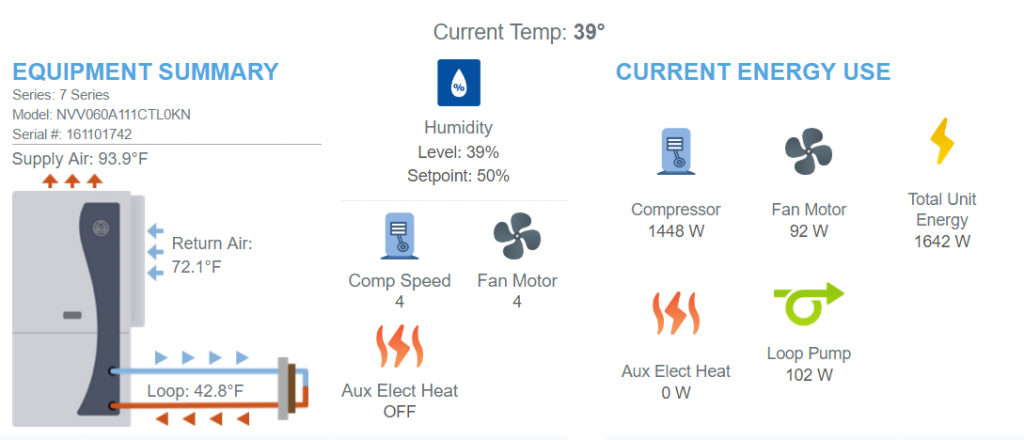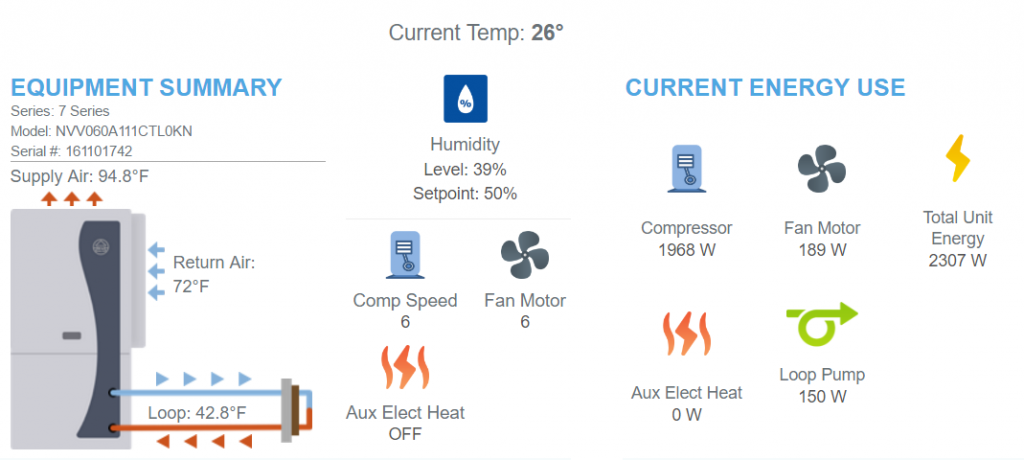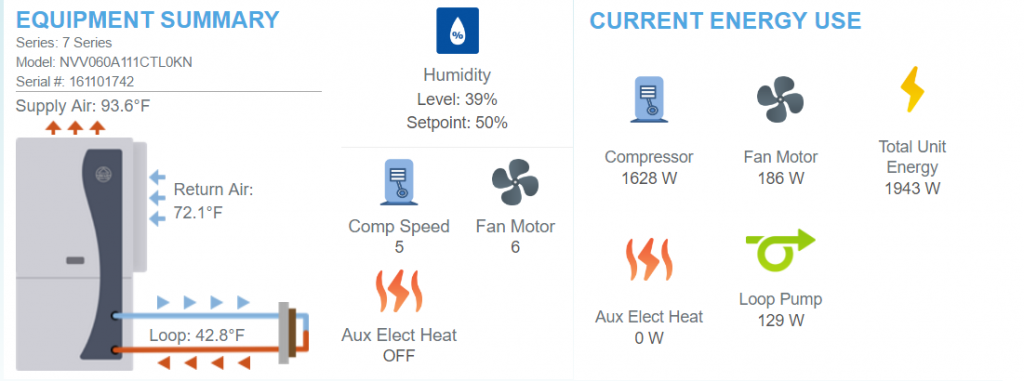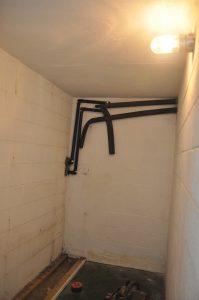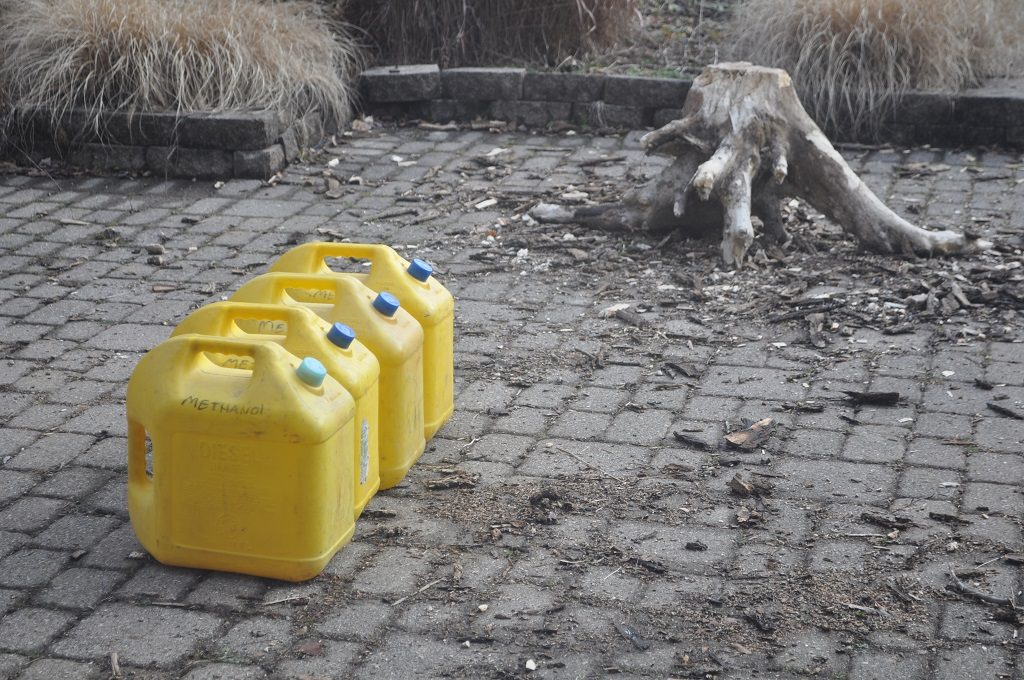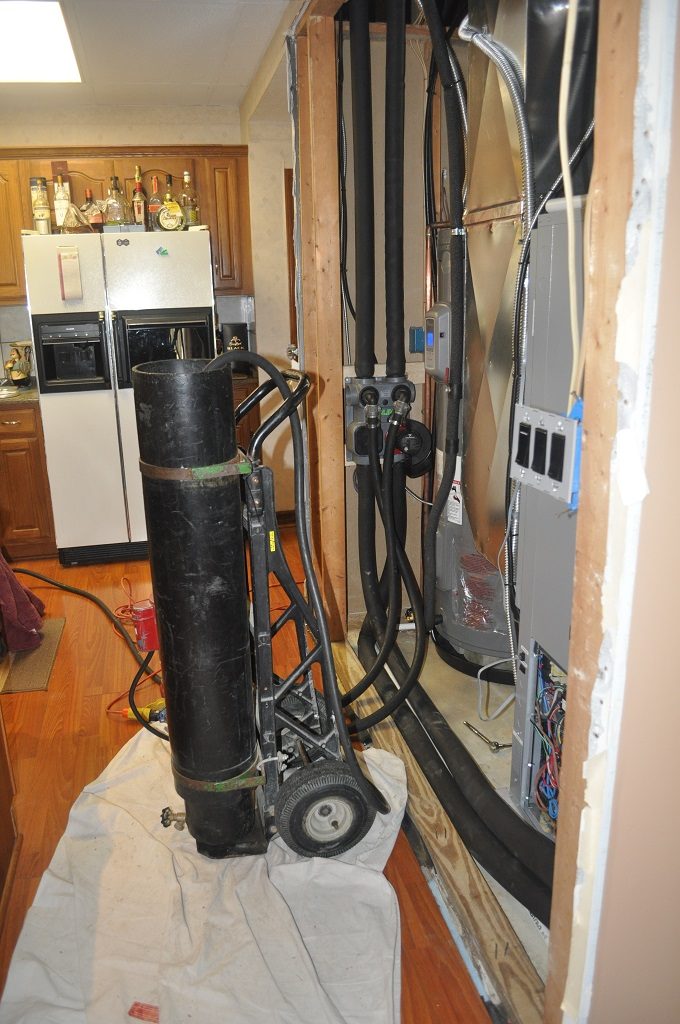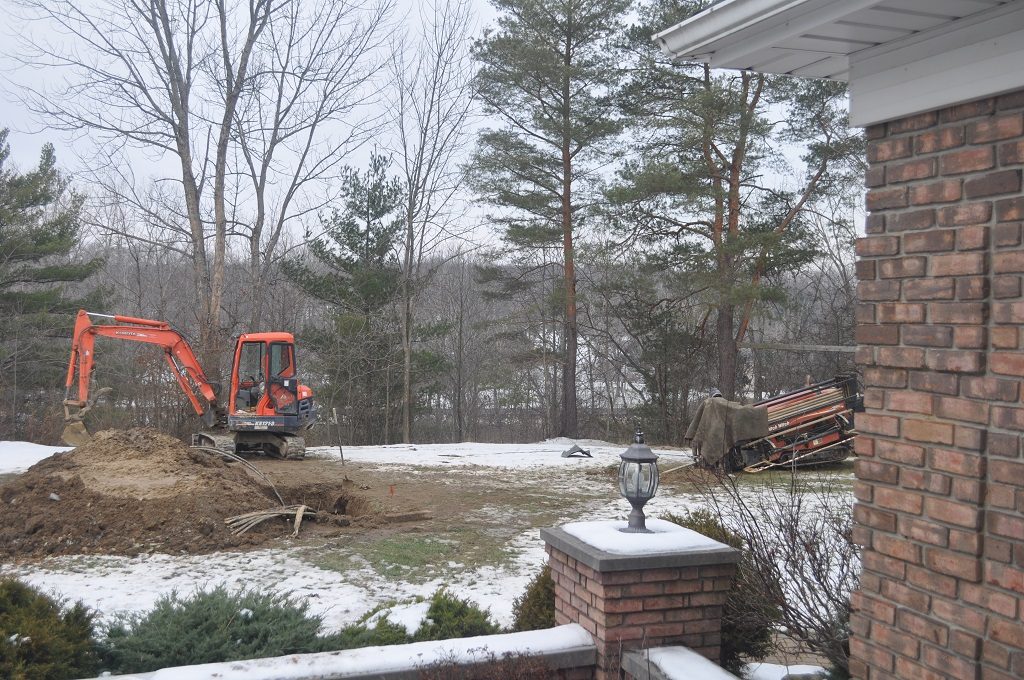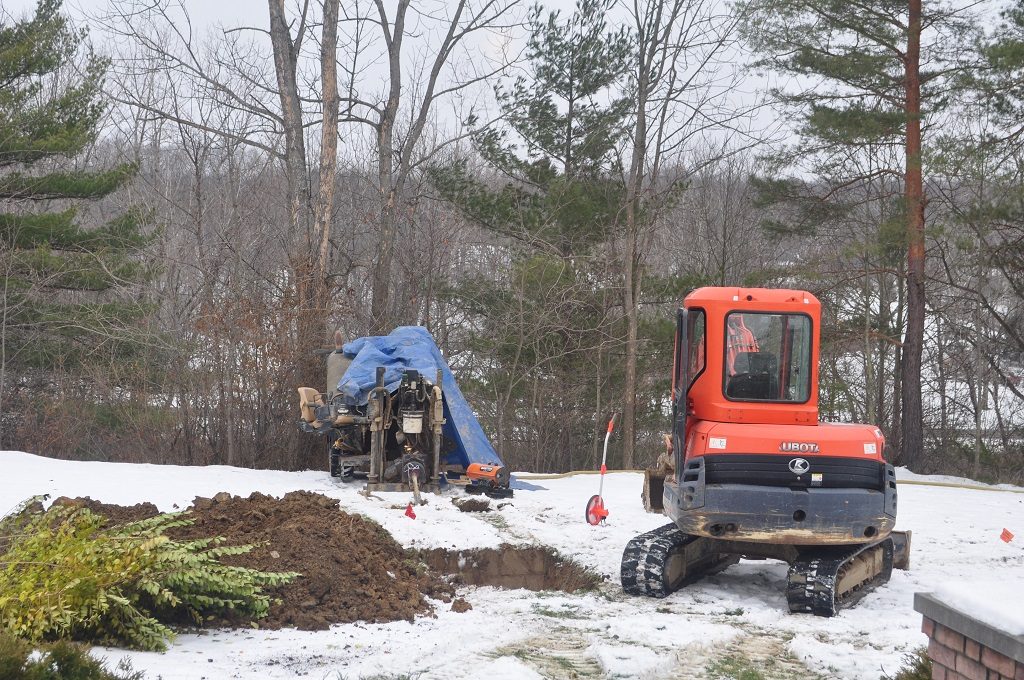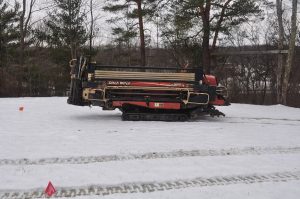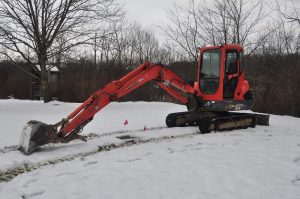We got a desuperheater with our geothermal system. I was really excited for summer, expecting our electrical usage for heating water to drop dramatically. We even hooked up the Aeon Labs energy meters so we’d have numbers to show how much we were saving. Aaaand … we saved nothing. Usage actually went up between the non-HVAC period and the air conditioning season (more work outside, more getting muddy, more showers?). Super hot couple of days in early summer … nothing. I was really disappointed in the desuperheater. It wasn’t expensive or anything, but I thought it would do SOMETHING!
In mid-January, Scott replaced the sink faucet and noticed another plumbing problem. He threw the circuit breaker to the water heater to remind him to look into that other problem once the faucet was installed. A few weeks later, we heard an odd noise … I was walking around trying to isolate the source, and noticed the display on the water heater was off. Kind of worried that the odd noise was the water heater … I told him the display was off. And he remembered throwing the breaker a few weeks ago. Odd, since we’ve been doing silly things like showering in hot water and washing dishes. Haven’t noticed any hot water shortages.
Oooooh, the desuperheater was keeping the water hot. During the 50 degree days, but during the 5 degree days as well!?! When it didn’t manage to heat the water in summer?!? Turns out the desuperheater doesn’t do much if it’s cutoff if close to your water temperature set-point. We set the water heater to its lowest setting – hopefully we see reduced electrical draw. If not, I will probably get the “smart” control panel and write something to put it into vacation mode & only turn into “heat the water” mode when the temp drops significantly during a part of the day when we’re apt to want hot water (i.e. let the desuperheater do its thing if the water temp goes low at 3AM).
Looking at our power usage data, where the slope of the line is the rate of power consumption, there was a change in usage going into winter (odd, since the design is such that summer should have been the noticeable reduction). The slow becomes near horizontal now that there is a significant difference between the water heater’s set point and the desuperheater’s cutoff point.
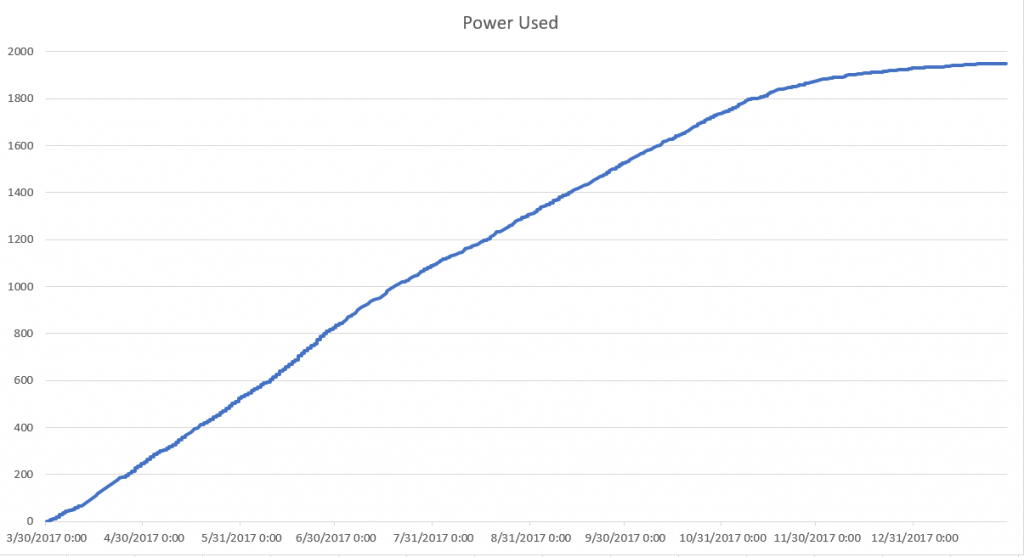
Or a more telling chart – the red lines indicate times where the water heater was drawing power. It hasn’t cycled on for weeks even on 20 degree days.

